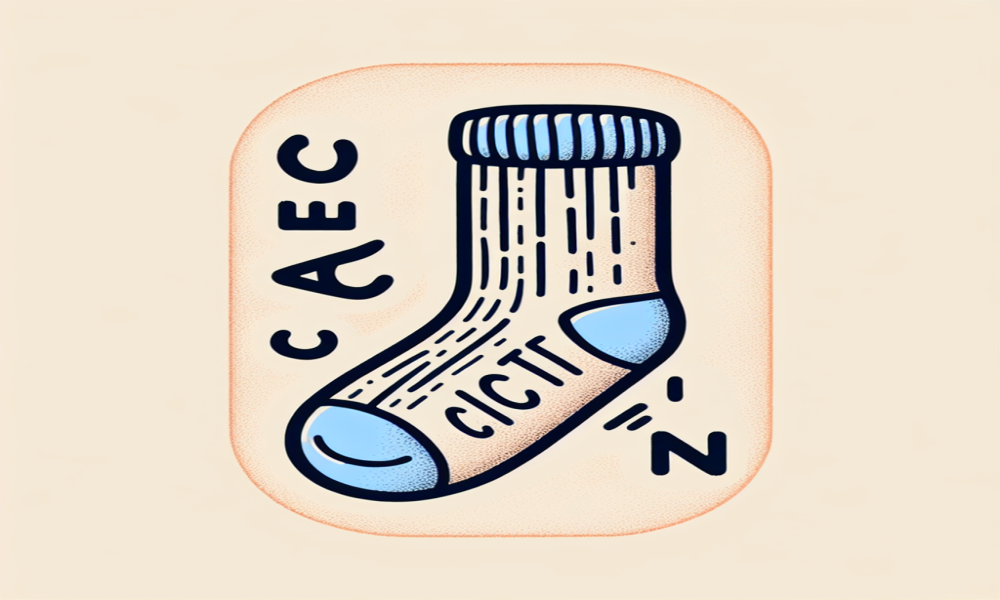When you embark on the journey to learn Spanish, one of the fundamental aspects you’ll encounter is vocabulary acquisition. Among the everyday items, something as simple as a “sock” can open doors to understanding the nuances of the language. You might think that translating “sock” is straightforward, but as you delve deeper, you’ll discover that regional variations and alternative terms add layers of richness to the Spanish language. Whether you’re planning to travel, engage in conversations with native speakers, or simply expand your linguistic repertoire, grasping the different ways to say “sock” will enhance your communication skills and cultural appreciation.
Imagine walking through the vibrant streets of Mexico, Spain, or Argentina, and needing to refer to a pair of socks. You might be surprised to learn that each Spanish-speaking country has its own unique term or colloquialism for this common garment. In this article, you’ll explore the basics of translating “sock” into Spanish, uncover how various regions express this word differently, and discover the most appropriate contexts for using “calcetín” in daily conversations. Additionally, we’ll delve into alternative words that can enrich your vocabulary and provide a comprehensive pronunciation guide to ensure you’re saying “sock” correctly no matter where you are. By the end of this exploration, you’ll not only know how to say “sock” in multiple ways but also appreciate the cultural subtleties that make the Spanish language so vibrant and diverse. So, let’s lace up your linguistic skills and step into the colorful world of Spanish terminology for “sock”!
Translating “Sock” into Spanish: The Basics
In Spanish, the word for “sock” is commonly translated as “calcetín”. This term is widely used in Spain and many Latin American countries. However, there are regional variations to be aware of:
- Media – Used in some parts of Latin America to refer to ankle socks.
- Canudo – In certain regions, particularly in parts of Mexico, this term is also used for socks.
- Calcetas – Often used to describe thicker or winter socks.
When referring to multiple socks, “calcetines” is the plural form. Additionally, specific types of socks may have unique translations:
- Deportivas – Athletic socks
- De lana – Wool socks
- Sin costuras – Seamless socks
Understanding these variations ensures accurate and effective communication when discussing socks in different Spanish-speaking contexts.
Regional Variations: How “Sock” is Said in Different Spanish-Speaking Countries
The term for “sock” varies significantly across Spanish-speaking regions, highlighting diverse linguistic preferences and cultural nuances. In España, the word commonly used is calcetín, which is widely understood and used in everyday language. Moving to Mexico, people often say media, although calcetín is also recognized and used in some contexts. In Argentina, the term shifts to canilla, reflecting a unique regional vocabulary. Similarly, in countries like Colombia and Chile, the preferred term is media, aligning with the usage in Mexico. Other variations include:
- Venezuela: Often referred to as media.
- Peru: Commonly called media.
- Puerto Rico: Uses media predominantly.
- Dominican Republic: The term media is widely used.
- Costa Rica: Typically called media.
These variations illustrate the rich diversity within the Spanish language, where the same object can have different names based on regional dialects and cultural influences. Understanding these differences is essential for effective communication and shows respect for local linguistic practices.
Using “Calcetín” in Everyday Spanish Conversations
El término “calcetín” se utiliza frecuentemente en diversas situaciones cotidianas. Al hacer compras de ropa, es común preguntar:
- ¿Tienen calcetines de algodón?
- Estoy buscando calcetines deportivos.
En el contexto de las tareas del hogar, se puede decir:
- Necesito lavar los calcetines.
- Se me han perdido unos calcetines en la lavadora.
Al hablar sobre moda o estilo personal:
- Estos calcetines combinan bien con tus zapatos.
- Prefiero calcetines de colores neutros para el trabajo.
En conversaciones relacionadas con el deporte o la actividad física:
- Usar calcetines adecuados es esencial para evitar ampollas.
- Mis calcetines se mojan fácilmente al correr bajo la lluvia.
Además, “calcetín” puede aparecer en expresiones idiomáticas o coloquiales, aunque son menos comunes. Por ejemplo:
- Después de un día agotador, todo lo que quiero son calcetines cómodos.
- Encontrar el calcetín perdido puede ser todo un desafío.
En resumen, “calcetín” es una palabra versátil en el español cotidiano, utilizada en contextos que van desde las compras y el cuidado personal hasta la moda y el deporte, facilitando la comunicación en múltiples aspectos de la vida diaria.
Alternative Words for “Sock” in Spanish
El término más común para “sock” en español es calcetín, ampliamente utilizado en todos los países hispanohablantes. Sin embargo, existen otras palabras que se emplean en diferentes regiones o contextos para referirse a las medias:
- Media – Utilizado frecuentemente para referirse a las medias en general, especialmente en plural.
- Calcetas – Plural de calceta, común en algunas áreas para denominar a los calcetines.
- Zapatilla – En ciertos países, este término puede referirse a un tipo de calcetín o pantufla.
- Pantufla – Generalmente indica pantuflas para uso interior, pero en algunos contextos puede relacionarse con calcetines.
- Chancleta – Principalmente significa sandalia de dedo, aunque en algunas regiones puede usarse de manera coloquial para referirse a calcetines.
Además, existen términos específicos para tipos particulares de calcetines, como calcetines deportivos para deportistas o calcetines de lana para aquellos fabricados con materiales más cálidos.
Conclusion
Thanks for reading! You’ve reached the end of our article on translating “sock” into Spanish. We hope you found it informative and engaging. If you enjoyed this post, please share it on your social media to help others learn too. How’s our article? Let us know by leaving a comment below, whether you liked it or have any requests for future topics. Have you read all? We’d love to hear your thoughts!
